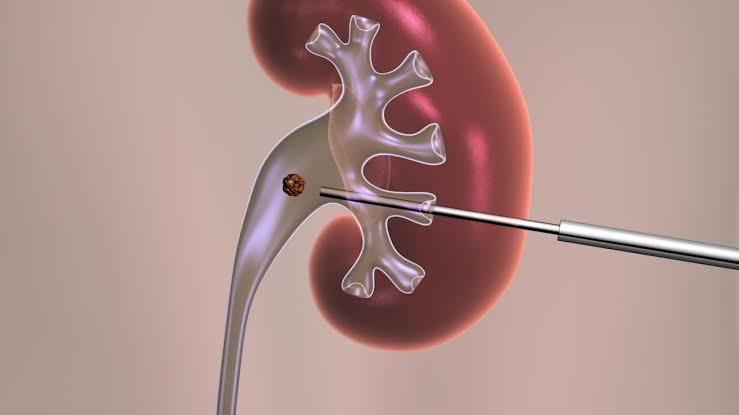Percutaneous Nephrolithotomy (PCNL)
Percutaneous Nephrolithotomy (PCNL)
The crystallization of chemical components in the urine causes kidney stones to develop in the urinary system. PCNL is a treatment for eliminating kidney or upper ureter stones that are too large to be removed using traditional stone removal procedures like shock wave lithotripsy or ureteroscopy.

Potential Risk and Complications:
Although this treatment has shown to be highly safe, there are risks and potential problems with every surgical operation. When compared to open surgery, the safety and complication rates are comparable. Some of the possible risks are as follows:
- Bleeding: This operation can result in some blood loss, although patients will seldom require a blood transfusion. You must inform your surgeon if you are interested in autologous blood transfusion (donating your own blood). When you get your surgical information package, you will also receive an authorization form to fill out and return to the Red Cross. This will need to be coordinated with the Red Cross in your region.
- Infection: To reduce the chances of infection following surgery, all patients are given broad-spectrum antibiotics. If you develop any signs or symptoms of infection after the surgery (fever, drainage from incision, urinary frequency or discomfort, pain, or anything that you may be concerned about) please contact us at once.
- Tissue/Organ Injury: Although rare, injury to surrounding, tissue/organs such as the intestine, vascular structures, spleen, liver, lung, pancreas, and gallbladder may necessitate further surgery. Kidney failure is uncommon, although it is a possibility. Scar tissue might form in the kidney or ureter, necessitating further surgery.
- Conversion to open surgery: If complications arise during this surgical treatment, it may be necessary to convert to an open operation. This might result in a lengthier recovery period and a bigger typical open incision.
- Failure to Remove the Stone: Due to the size or position of the stone, it is possible that the stone(s) will not be able to be removed fully (s). It’s possible that you’ll need more therapy.
